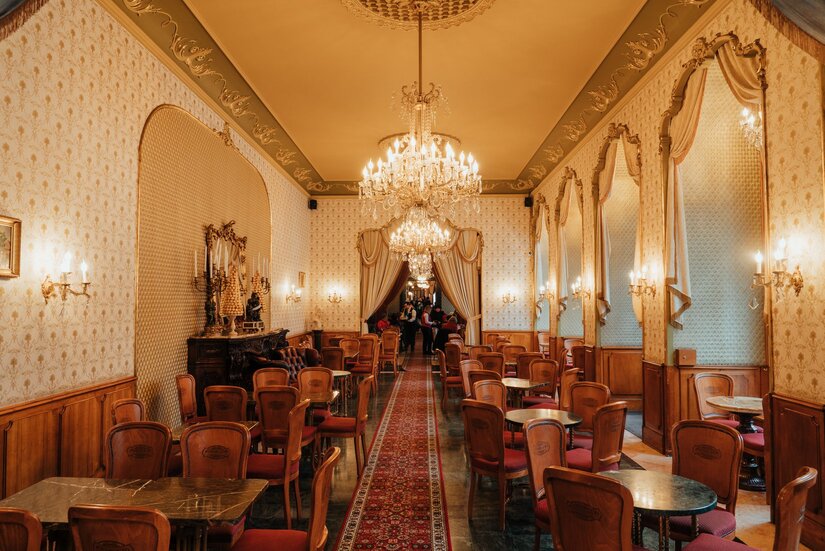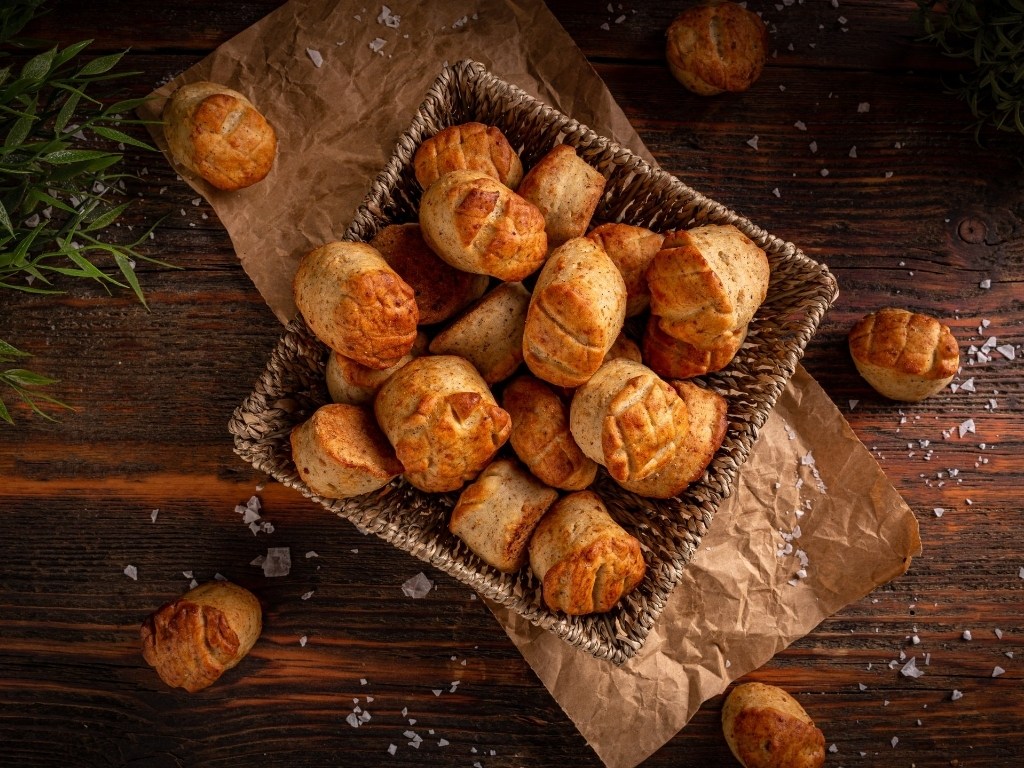Hungarian April Fools’ Day and other spring traditions

Just when you’re wondering whether winter would last forever this year, spring is here to drive out the last gloomy trace of the frosty season. The snow is melting, trees are blossoming and the days are getting longer and sunnier. That’s enough reason to celebrate, isn’t it? Curious how Hungarians welcome the blooming new season? Take a look at some of the local spring traditions and customs.
1 April – April Fools’ Day
The strange custom of playing pranks on the 1st of April is a widespread practice all over the world, including in Hungary. Back in the day, people in the villages would send little notes to each other, later saying it was delivered to the wrong person and giving a false address. There are numerous folk rhymes linked to April Fools’ Day, of which, one goes like this: “Áprilisnak bolondja, felmászott a toronyba, azt kérdezte hány óra, fél tizenkettő, bolond mind a kettő”. (April’s fool climbed up to the clock tower to ask about the time. The other answered him that it was half past eleven. Both of them were fools).
6 April – Irén’s Day
In the old times, people didn’t have the means to predict the weather, therefore, they came up with weather lore sayings that were commonly linked to specific name days in the calendar. Farmers often turned to these folk forecasts to know what to expect that year. According to kukkonia.sk, on Irén’s Day, if it rained, Hungarians feared that it indicated a poor harvest.
Read more: Easter Monday: the tradition of sprinkling among Hungarians – Photos, VIDEO
12 April – Gyula’s Day
Gyula’s Day (equivalent to English Julius) falls on the 100th day of the year. It is traditionally considered the day of cleanliness. Residents of the villages would thoroughly clean and tidy their homes, including the barns. In some houses, they would even wash the farm animals. There are many weird and amusing spring traditions connected to this day, one of them is doing somersaults in the melon fields. The higher the somersault, the bigger the melons would grow, according to folk belief. Women would also come to the fields to dance and twirl around wearing traditional layered skirts. The bigger the twirl, the larger melons can be harvested.
16 April – White Sunday
White Sunday is considered the closing date of the Easter season, as it falls on the 8th day following Holy Saturday. It was named after the newly baptised who were finally allowed to remove the white garment they had to wear for a week after the Holy Saturday ceremony. It is also considered the day of friendship between unmarried girls and young lads in the villages, who would send each other so-called “friendship baskets”, filled with fruit, wine, painted eggs and sweet pastry.
In some regions in Hungary, as part of the spring traditions, those women who married during the Easter season would attend the Sunday mass wearing their wedding gown, without their veil and wreath though.

24 April – György’s Day spring traditions
György’s Day is associated with a number of spring traditions that mark the beginning of the year. This is the time when the herdsmen first take out the cattle to graze, which used to be associated with various practices of witchcraft, warding off evil spirits and increasing reproduction and milk yield. The animals were beaten with birch twigs, driven on chains, axes, ploughshares, fires, the farmer’s wife’s apron turned inside out and garlic garlands tied around their necks. The house, the barn and the stables were protected from evil spirits by burning incense around them, putting up green branches and turning up brooms.
The girls washed their faces with “the holy pearls of dew” collected in the morning to make them beautiful. The herbs gathered on St György‘s night were said to have magical power, and the ‘charming’ old women who gathered them saw the witches on their way to Gellért Hill. György’s Day was also ideal for sowing beans, which was regarded as a superstitious plant. The beans shaken through a sieve were used to read out thieves and those who wanted to poison the livestock or mess up lovers’ affairs. In the city of Eger, people would wear small bags filled with beans around their necks or keep some pieces in their pockets to ward off evil.
25 April – Márk and Pál’s Day
It is traditionally a corn sowing and wheat harvest day. After mass, the priest and the people went out to the border of the village and blessed the corn. Everyone took some of the blessed corn home, which was said to bring good fortune. This consecrated wheat was believed to have magical properties and was also used to ward off evil. In some regions, this sacred wheat was used to make a wreath, which was placed on church banners and crosses, and after eight days it was removed and placed in the four corners of the field to protect it from hail and frost. But it was also placed under the head of the sick for healing. Or it was put in the leaven with the dew on St. György‘‘s Day to make the bread rise nicely. This was the day to sow the cucumbers. During the procession on St Márk’s Day, women used to put cucumber seeds in their pockets to make them holy. It was believed that this would give an early and abundant harvest.
According to local folklore, “if it rains on St Márk’s Day, the cellar and barn will be full.” It was also prophesied that if a crow could hide in the field on this day, there would be a good harvest.


























































